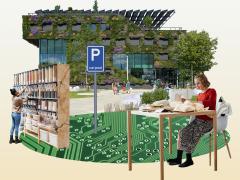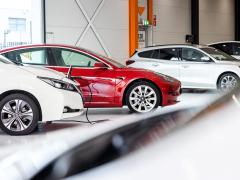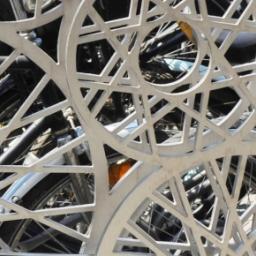Extended Producer Responsibility
Extended producer responsibility (EPR) is a widely used policy to support the transition to a circular economy in the European Union. In these two reports, PBL and CPB analyse the design, functioning and effects of EPR, based on a survey of the literature and on case studies on batteries, end-of-life vehicles and medicines in the Netherlands.
Effects of EPR are determined by its design
EPR employs various policy instruments to make producers — financially, and sometimes also organisationally — responsible for the collection, sorting and treatment of end-of-life products. The reports focus on two key elements of EPR design: the mix of EPR instruments used, and whether producers fulfil their obligations individually or collectively. The most common EPR instruments are take-back requirements, advance disposal and recycling fees, and deposit-refund systems.
Existing EPR designs have generally increased collection rates, promoted recycling and shifted financial responsibility from municipalities to producers. While knowledge gaps exist, there is likely ample room to steer EPR design towards promoting reuse, high-quality recycling and eco-design.
Wider use of deposit-refund systems and differentiated fees can help
Deposit-refund systems are well-positioned to promote reuse and improve the quality of recycled material. Differentiated (modulated) fees can also encourage improvements in the quality of secondary material and stimulate eco-design. Coupling these instruments with incentives to increase demand for used products by consumers and demand for recycled material by producers can increase their effectiveness.
Scope of EPR is key for its environmental effectiveness
In practice, producers’ financial responsibility is limited to separately collected product streams. A wider policy implication of our studies is to expand the scope of EPR to end-of-life products that are not separately collected. This applies to both products that are improperly disposed of in the EU, but also used products exported to third countries where EPR is not implemented. Introducing EPR to other products groups, including medicines and motor vehicles beyond cars and vans, is likely to prevent environmental damages from littering and illegal dumping, and to direct more material flows towards reuse and recycling.
EPR is no panacea
The circular economy aspires to more than what EPR can deliver on its own. Just as its effects depend on other (waste) policies, EPR will always require accompanying policies — mostly targeted at the production and consumption phases of a product’s lifecycle — to facilitate the transition to a circular economy.
Authors
Specifications
- Publication title
- Extended Producer Responsibility
- Publication subtitle
- design, functioning and effects
- Publication date
- 9 July 2021
- Publication type
- Report
- Page count
- 47
- Publication language
- English
- Product number
- 4511




